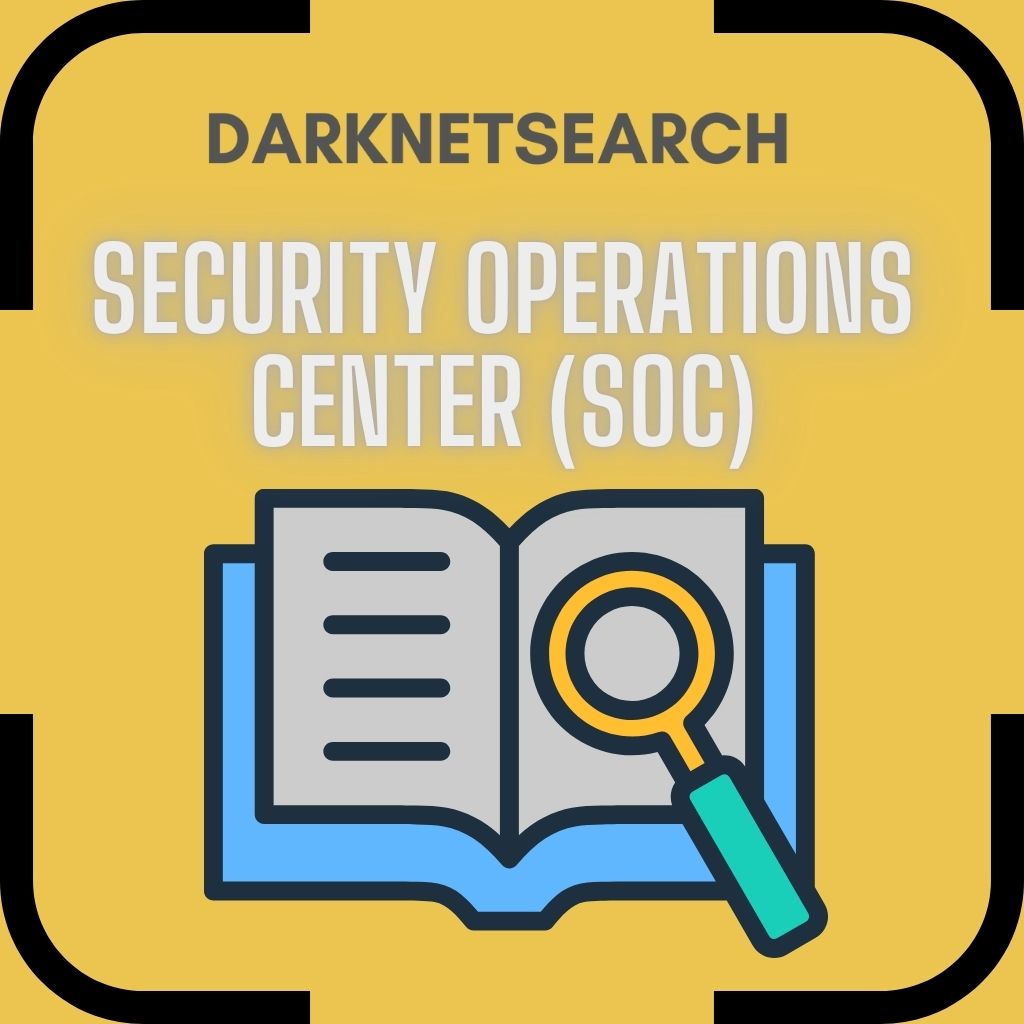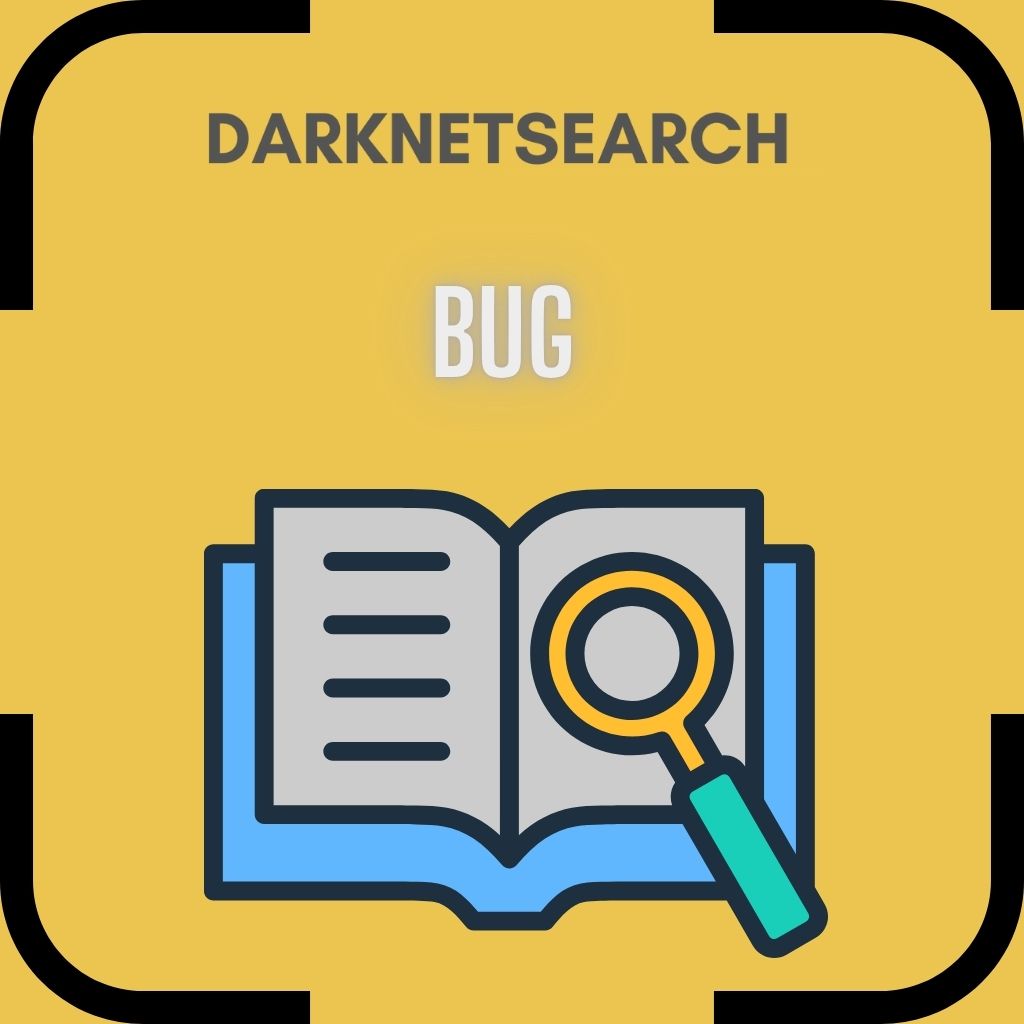Tag: Glossary
-

Security Operations Center (SOC)
What Is a Security Operations Center (SOC)? A Security Operations Center (SOC) is the heart of an organization’s cybersecurity strategy. It is a centralized unit where security professionals monitor, detect, and respond to cyber threats in real time 🛡. As cyberattacks become more sophisticated, the SOC plays a critical role in safeguarding sensitive data, maintaining…
-

Bug
What is a Bug? In the world of software development, a bug is an error, flaw, or unintended behavior in a program’s code that causes it to function incorrectly or produce unexpected results 🐛. Bugs can range from harmless visual glitches to severe security vulnerabilities that put users and data at risk. Understanding bugs is…
-

Brand Intelligence
What is Brand Intelligence? Brand intelligence encompasses the systematic collection and analysis of data about how a brand is perceived and discussed online. Companies use it to track reputation, uncover emerging threats, and guide brand strategy. In cybersecurity, brand intelligence for cybersecurity platforms helps identify impersonation risks, phishing campaigns, and unauthorized leaks. Early detection reduces…
-

Spoofing
What is spoofing? Types of spoofing attacks and how they work There are several forms of spoofing attackers use to mimic trusted systems or individuals. Email spoofing involves forging the sender address so malicious emails appear to come from known contacts. IP spoofing tricks network infrastructure by altering packet headers. Domain spoofing involves registering lookalike…
-

Smishing
What is Smishing? Smishing is the art of phishing via SMS: cybercriminals send persuasive text messages to trick victims into clicking malicious links, sharing credentials or authorising fraudulent payments. Because people inherently trust their phones and react faster to texts than to emails, smishing has become one of the fastest‑growing social engineering techniques. In this…
-

Keylogger
What is a Keylogger? Keylogger threats are becoming more sophisticated in 2025 — and more dangerous. A keylogger, short for keystroke logger, is a type of spyware that secretly records the keys you press on your keyboard — without your knowledge. 🤯 This cyber threat is often used by hackers and cybercriminals to steal passwords,…
-

Geopolitical Intelligence
What is Geopolitical Intelligence? In the modern digital battlefield, geopolitical intelligence has emerged as a crucial weapon for governments, corporations, and cybersecurity professionals alike. Geopolitical intelligence refers to the gathering and analysis of information concerning global political trends, power dynamics, conflicts, and international policies that could impact national and corporate security. 🌐 In today’s interconnected…
-

Whaling
What is Whaling? Cybersecurity threats have evolved rapidly over the past decade, but one type of attack stands out for its cunning and high-stakes nature: whaling. This form of phishing attack targets the biggest fish in the organization—CEOs, CFOs, and other high-level executives—with devastating consequences. If you’re in cybersecurity, compliance, or management, understanding what is…
-

Third Party Intelligence
What is Third Party Intelligence? In today’s interconnected digital ecosystem, organizations rely heavily on external vendors, partners, and service providers. This growing dependency has brought about a crucial need for robust third party intelligence. Third party intelligence is a critical element in modern cybersecurity strategies, helping businesses identify, assess, and mitigate risks originating from third-party…
-

Impersonation
What is Impersonation in Cybersecurity? Impersonation in cybersecurity refers to a malicious tactic where attackers pose as trusted individuals, companies, or systems to deceive targets and gain unauthorized access to sensitive information. These attacks exploit human trust more than technological flaws, making them dangerously effective – especially as social engineering techniques continue to evolve. Criminals…
